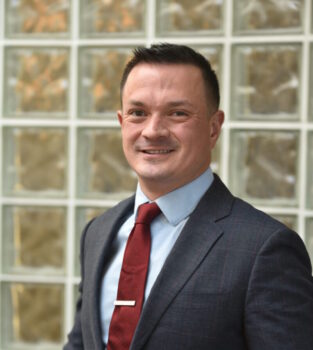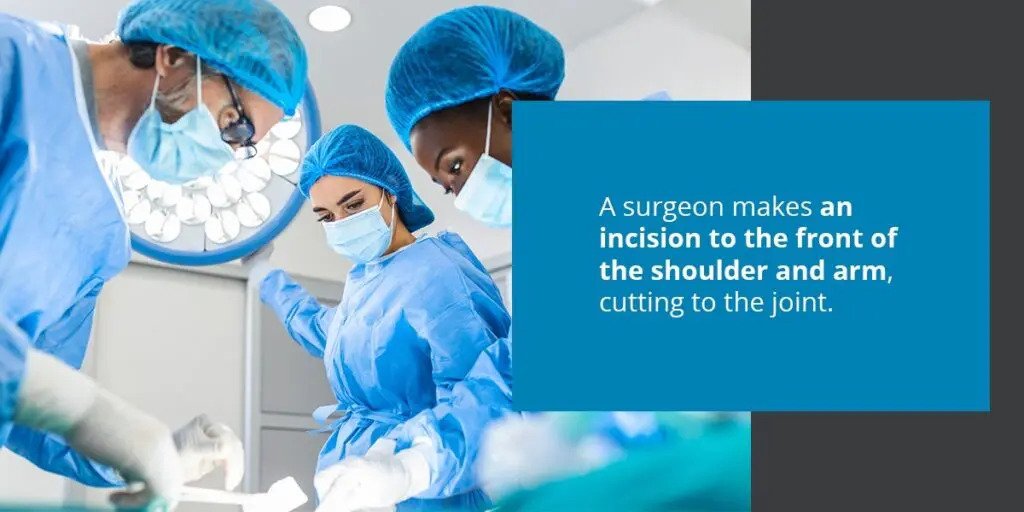What Is a Standard Shoulder Replacement Surgery?
In a shoulder replacement, a surgeon applies a plastic lining to the shoulder socket and then removes part of the arm bone. Into this arm bone, they add a stem with a metal half-sphere on the top. The lined socket and the metal ball work together as a joint.
What Is Reverse Shoulder Replacement Surgery?
When the rotator cuff is too damaged for a shoulder replacement, a surgeon may choose to perform a reverse shoulder replacement, also known as reverse arthroplasty. In this procedure, the doctor places the half-metal sphere on the shoulder blade and inserts the socket into the arm bone.
How Reverse Shoulder Replacement Surgery Works
In reverse shoulder replacement surgery, a patient receives general anesthesia, so they are not awake during the procedure. A surgeon makes an incision to the front of the shoulder and arm, cutting to the joint. The medical team then removes the upper arm bone from the socket and removes part of the arm bone.
The surgeon screws a plate onto the socket and attaches a metal ball to that. They place a metal stem inside the arm bone and attach a plastic socket to protrude from the top. The surgeon then fits the ball and socket together to allow joint movement and sews the tissue around the joint. The incision is closed, and the patient is moved to the post-op area.
Once the patient wakes up, they are monitored and given pain medication. Over the next few weeks, the incision and the treated area heal. Some patients can resume minimal shoulder movement within a few days of surgery, while others take longer to return to basic shoulder movement. Many patients find the procedure reduces pain and improves shoulder mobility.
The outcomes for reverse shoulder replacement are good, but some patients do not qualify for the procedure. Patients with continuing infection in the shoulder and patients with too little socket bone mass may not always be good candidates. If you are interested in reverse shoulder replacement surgery, New York Spine Institute can determine whether you are a candidate.
Are You Experiencing Shoulder Pain?
At New York Spine Institute, our medical team is here to help you recover as much movement while reducing pain as much as possible. Our team of doctors and surgeons can review your situation and discuss whether surgery or a noninvasive procedure may be right for you. If you have a shoulder injury, arthritis or shoulder pain, contact New York Spine Institute today to schedule an appointment with one of our Orthopedics & Sports Medicine doctors.





